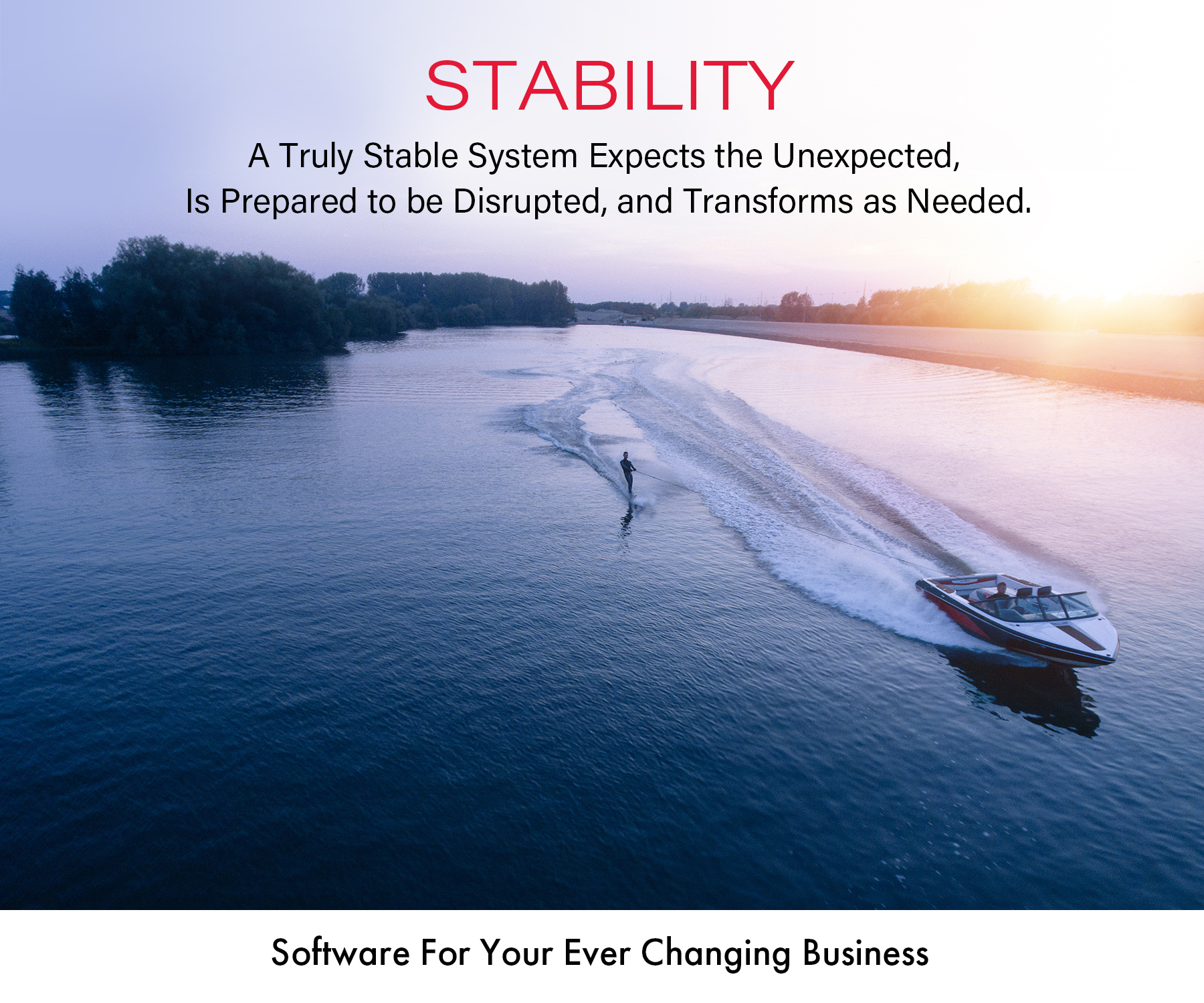Crafting the Bottom Line of a Blog Post

Earlier this month in our Say It For You blog, we noted how the editors of Harvard Business Review’s Special Issue use “Idea in Brief” inserts or “callouts” to summarize the main concepts discussed in each feature length article…..A similar technique (I noticed in a later issue of the magazine) is “The Bottom Line”, in which an insert at the bottom of a long article summarizes the primary concept emphasized in the text.
Why might you want to summarize any article in the first place? Virginia Kearney of owlcation.com poses that question and then offers several answers:
- to show how the author’s ideas support your own argument
- to argue against the author’s ideas
- to condense a lot of information into a small space
- to increase your own understanding of the article
Back in 2008, I explained in a Say It For You post that blogs, unlike client newsletters or online magazine articles, tend to be shorter and more concise, adopting a more conversational tone than other forms of printed and online communication. In that sense (as I found myself explaining fifteen years later), each blog post might be considered an “Idea in Brief”.
Still, within each blog post itself, the closing line assumes the function of an “Idea in Brief” or a “The Bottom Line”. While it’s extremely important in blogging for business to have great titles and strong openers, each post needs a catchy, memorable ending line to sum up and emphasize the importance of the content “takeaway”.
All of Virginia Kearney’s “reasons” for summarizing an article apply here, with the closing: statement serving to reinforce your stance (either pro or con an argument), and to enhance readers’ understanding of the material.
Over the years, I’ve often referred to the opening line in blog content writing as “the conductor’s downbeat”. Using that analogy of a musical performance, while the blog post itself may take the function of a a “Bottom Line” or “Idea in Brief” insert, the closing line of each blog post itself represents the final “Ta-dah!” notes of your “symphony”.
To achieve maximum impact, carefully craft the bottom line of each blog post.









Follow us online!